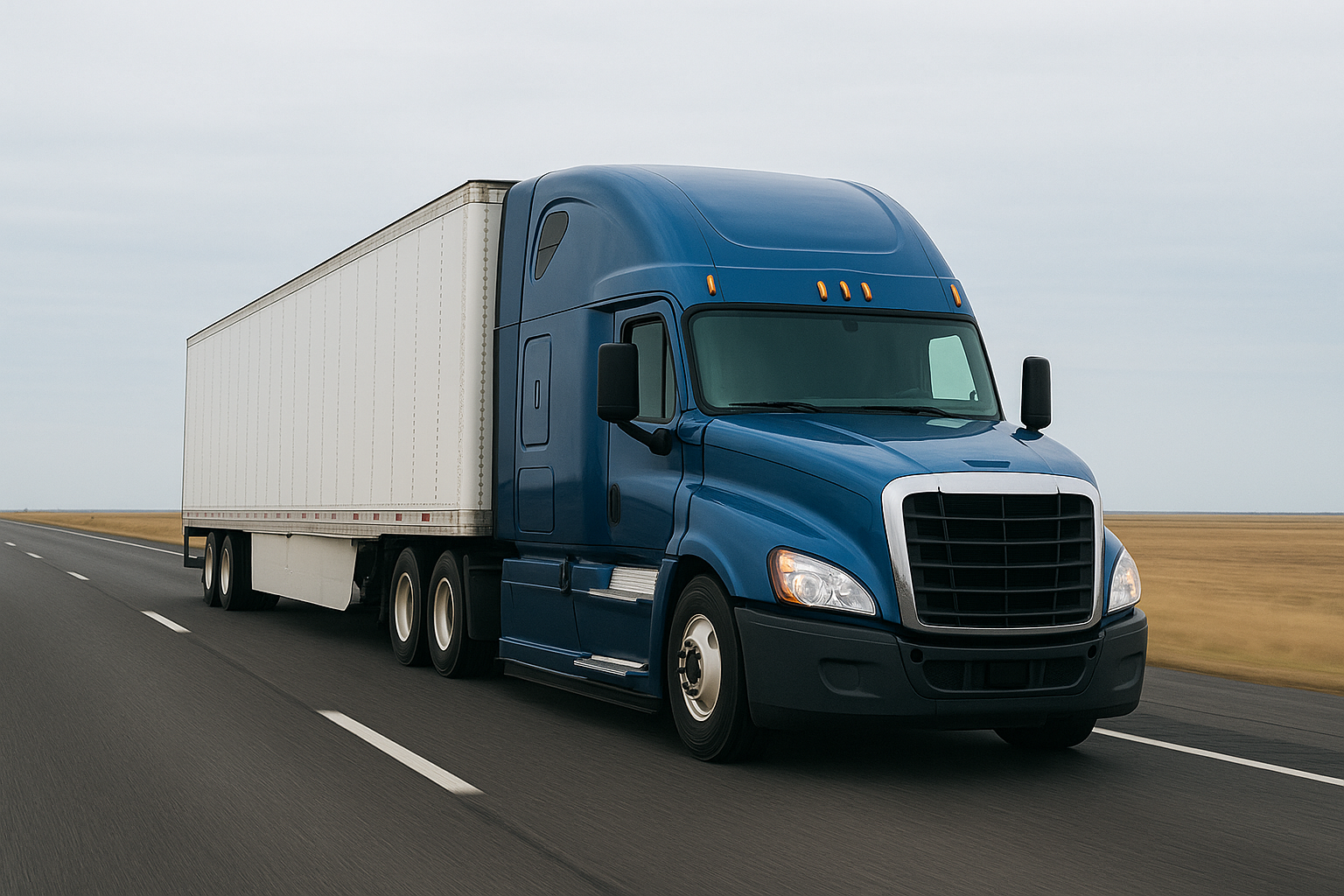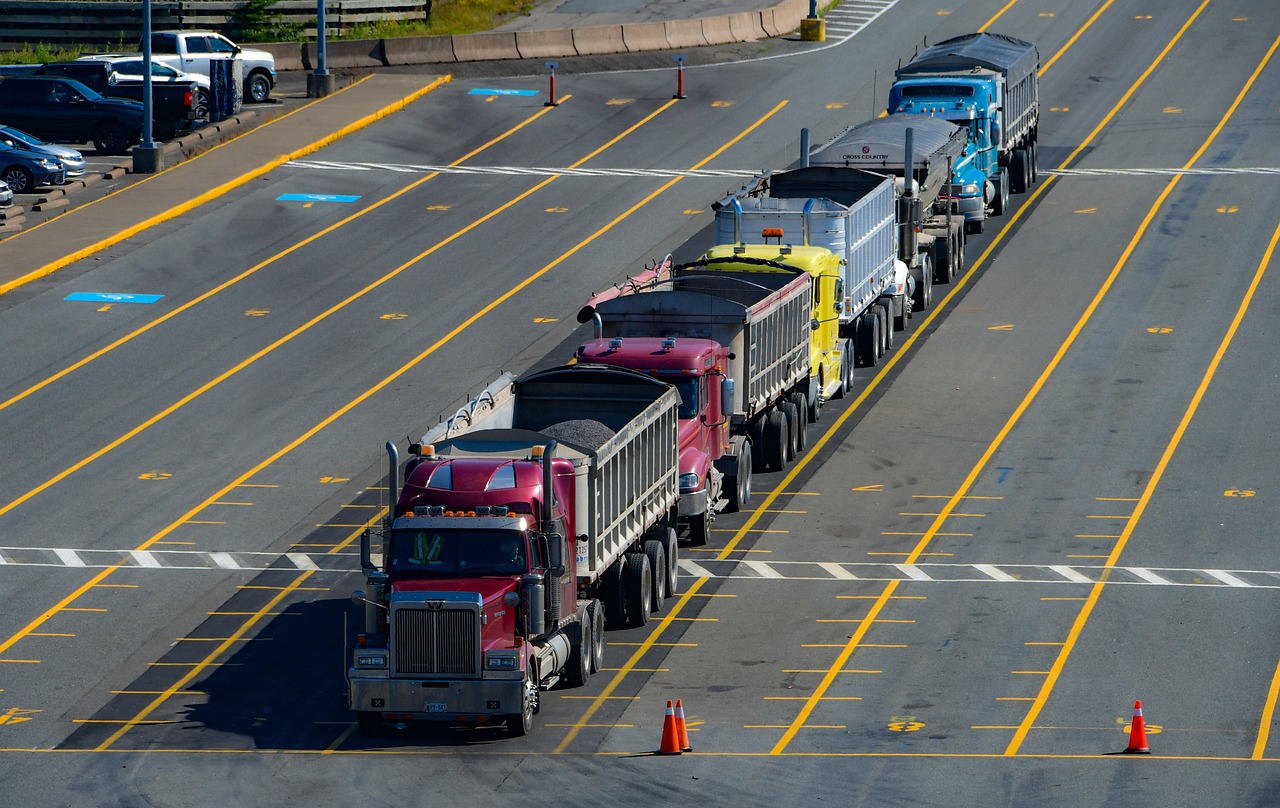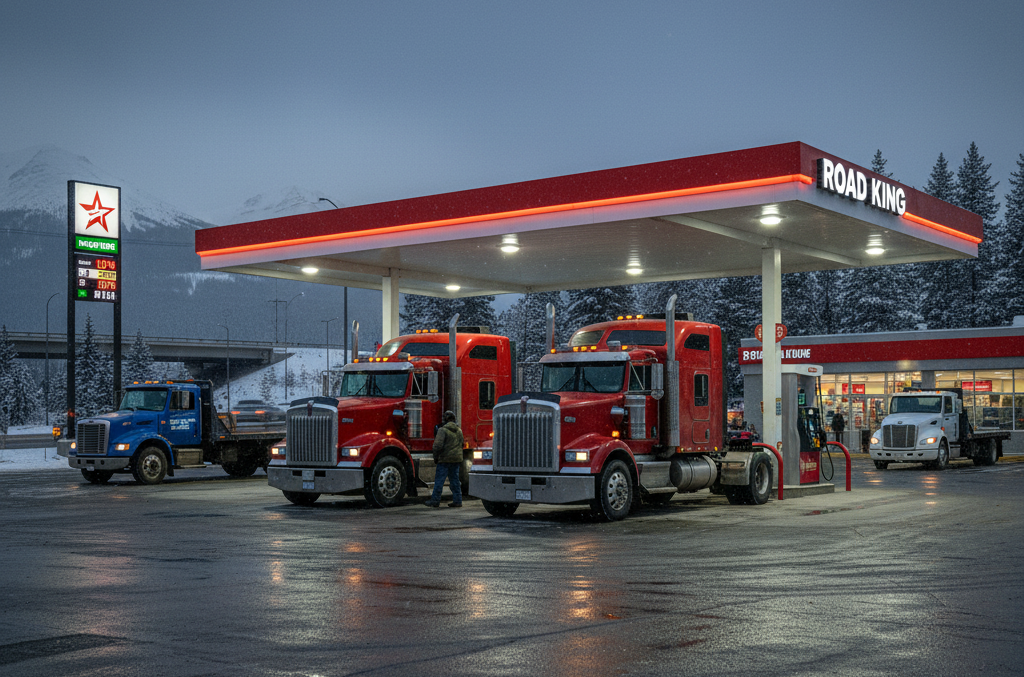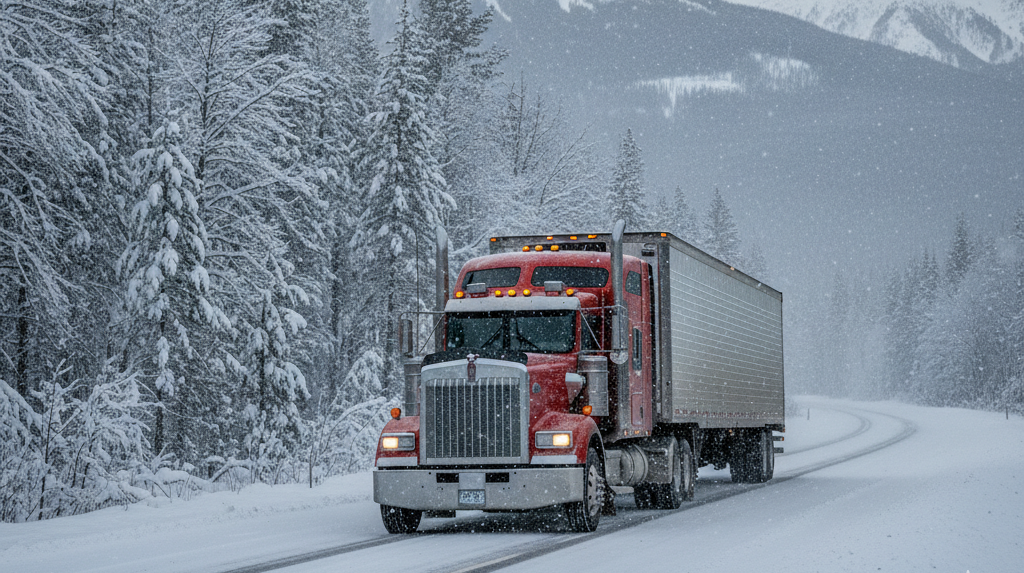If you own or operate a trucking company, work as an independent owner-operator, or run a brokerage, the Unified Carrier Registration (UCR) system is one of those annual tasks you can’t afford to ignore. It may not be as exciting as landing a new contract or upgrading your fleet, but failing to handle it properly can stop your business in its tracks. With 2025 here, it’s time to get clear on the deadlines, the fee structure, and the smartest ways to stay compliant.
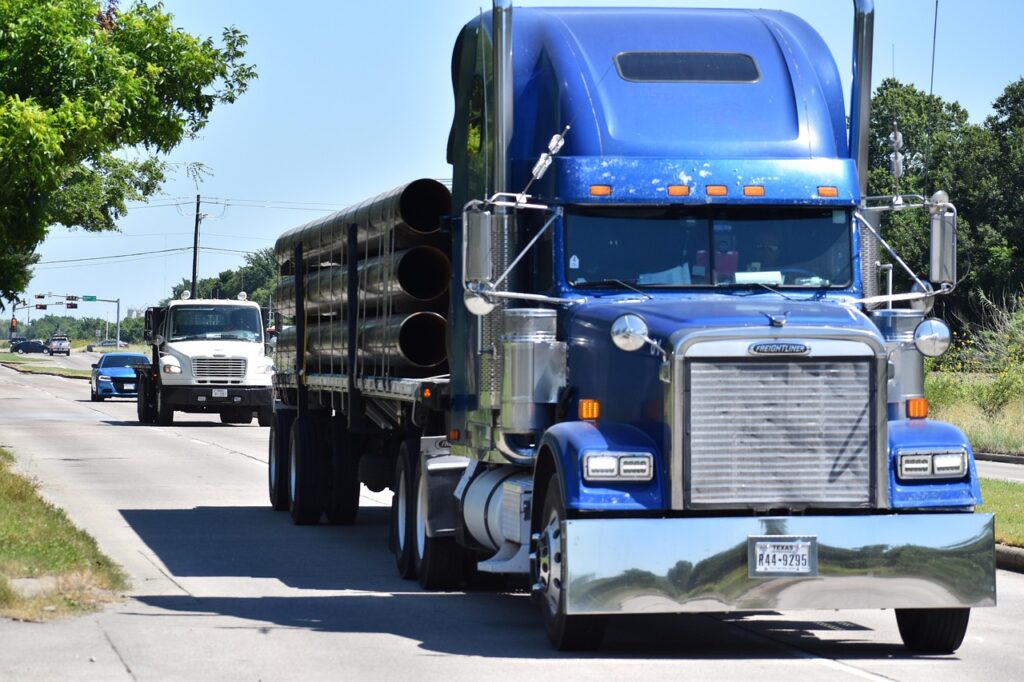
A Quick Refresher: What UCR Actually Is
The UCR system was created to replace the older Single State Registration System and simplify things across state lines. Instead of having different requirements in every state, the program gives carriers, brokers, and leasing companies a unified way to contribute to highway safety and regulatory enforcement.
If your company operates across state lines, you’re in scope. That includes freight brokers and leasing companies—even if they don’t own trucks. In short, if your DOT number connects you to interstate commerce, chances are you need to be on the UCR roster.
Deadlines for 2025
Timing matters a lot with UCR. The registration period for 2025 opened in October of 2024 and runs through the end of December. Enforcement begins on January 1, 2025, which means if you haven’t filed and paid by then, you’re officially out of compliance.
Some states allow registrations later into 2025, but that doesn’t protect you from enforcement once January rolls around. For example, in places like New York, authorities have been clear: payment is expected by December 31, 2024, to avoid citations.
The best practice is simple — don’t wait. Treat September or October as your prep time, get everything ready, and file well before the holiday rush. Systems slow down at year’s end, and corrections can take time.
How Much Does UCR Cost in 2025?
Here’s where the numbers come in. UCR fees are based on the number of power units you operate, not your trailers. For 2025, the fee brackets look like this in plain language:
- If you operate between zero and two trucks, you’ll pay $46 for the year.
- With three to five trucks, the annual fee is $138.
- A fleet of six to 20 units costs $276.
- Running 21 to 100 trucks will set you back $963.
- Larger fleets with 101 to 1,000 units pay $4,592.
- And if you’re a mega-carrier with over 1,000 trucks, the annual UCR bill is $44,836.
Brokers and leasing companies without power units typically fall into the lowest tier, meaning that $46 covers them for the year.
It’s also worth noting that the fees are per company, not per truck. If your business has multiple DOT numbers, each entity must file separately.
What Happens If You Don’t File
Skipping UCR is more than just a missed box on a checklist. Here are the real-world consequences:
- Fines and penalties. States can impose steep fines starting in January. Some are a few hundred dollars, while others climb into the thousands, often applied per day or per truck.
- Suspended credentials. Without UCR compliance, you may not be able to renew vehicle registrations or IFTA credentials.
- Roadside trouble. During inspections, officers can place your trucks out of service if you can’t provide proof of registration.
- Lost business. Many shippers and brokers won’t work with carriers who can’t demonstrate full compliance.
- Audit headaches. Even if you avoid immediate enforcement, UCR violations often surface during safety audits and can come back to haunt you.
The bottom line: the cost of ignoring UCR is far higher than the registration fee itself.
How to Register for UCR 2025
Fortunately, registering isn’t complicated. Here’s the process broken down:
Step one: Confirm you need to register. If you have a USDOT number and operate interstate, you almost certainly do. Brokers and leasing companies are included. Even if your home state doesn’t participate in UCR, you still need to file through a participating state.
Step two: Gather your information. You’ll need your legal business name, address, USDOT number, fleet size, and your operation type—whether you’re a motor carrier, private carrier, broker, forwarder, or leasing company.
Step three: File online. Head to the official UCR website (plan.ucr.gov) and complete the form.
Step four: Pay your fee. Most carriers pay by credit card or electronic check. Once done, you’ll receive confirmation. Keep this document handy in your office and in your truck cabs for roadside inspections.
Step five: Renew every year. Each year between October and December, repeat the process. If your fleet size changes, update it. If your business information changes, update that too.
Some carriers use third-party compliance services or auto-renew programs, but even then, you’re responsible for making sure the details are correct.
Tips to Make Compliance Easy
After years of watching carriers trip up, here are some practical tips to avoid trouble:
- File early: don’t wait until December. Aim for October or November.
- Check your numbers: your fleet size should match your USDOT MCS-150 filing. That’s what inspectors will reference.
- Stay on top of state rules: while UCR is national, states sometimes add their own wrinkles. Check your state’s DOT site just to be safe.
- Keep your proof: whether digital or printed, have your UCR certificate available during roadside checks.
- Automate reminders: set calendar alerts for September and October every year. Build it into your compliance workflow so it never slips through the cracks.
- Consider professional help: if compliance paperwork isn’t your strong suit, outsourcing it can save time and stress.
Common Mistakes Carriers Make
Plenty of carriers get tripped up on simple things. Some pay the wrong fee because they miscount trucks. Others assume their non-participating home state exempts them, only to get ticketed in a neighboring state. And then there are those who register correctly but forget to keep proof in the cab, leading to unnecessary roadside trouble.
Another frequent issue comes with auto-renewals. If your fleet grew but you didn’t update your numbers, you may be out of compliance without realizing it.
The lesson? Double-check everything. Compliance isn’t just about paying once — it’s about paying the right amount, on time, and keeping your information up to date.
What If You Miss the Deadline?
Let’s be real: sometimes things slip through the cracks. If January arrives and you haven’t filed, here’s what to do.
First, register immediately. Late is better than never. Second, contact your state enforcement office or the UCR help desk to understand what penalties you might face and how to resolve them quickly. Third, document your attempts to register in case you need to appeal a fine. And finally, build a stronger compliance routine so it doesn’t happen again next year.
Looking Ahead to 2026
While we’re focused on 2025, it’s smart to peek at what’s next. The registration portal for UCR 2026 will open on October 1, 2025, and the fees will remain the same as the 2025 rates. That means no surprises if you’re budgeting for the future.
Of course, regulatory programs like UCR are always subject to change, so stay plugged into updates from the UCR board, FMCSA, or your industry associations.
To Wrap Up
UCR registration is one of those non-negotiable parts of running a trucking business. It doesn’t take long to complete, but skipping it can bring fines, lost freight, and downtime you can’t afford.
So here’s the playbook for 2025: mark your calendar, double-check your fleet numbers, file early, and keep your proof of registration handy. Whether you’re a one-truck owner-operator paying $46 or a fleet owner writing a check for over $44,000, getting UCR right is essential to keeping your business rolling.

